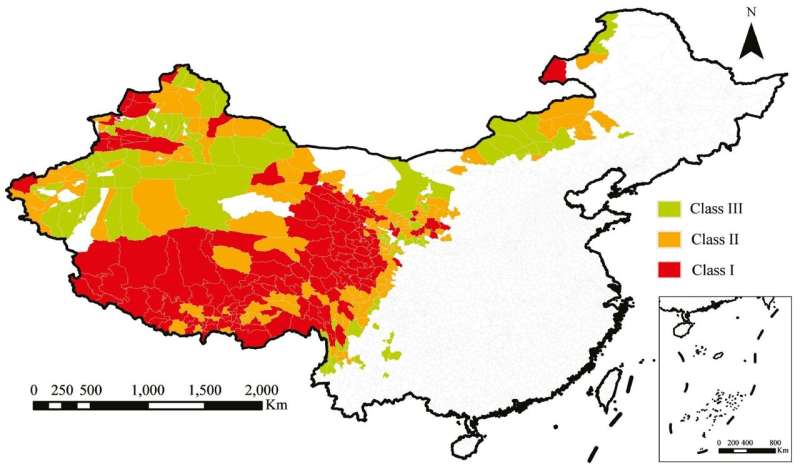This article has been reviewed according to Science X's editorial process and policies. Editors have highlighted the following attributes while ensuring the content's credibility:
fact-checked
proofread
Molecular epidemiology and the control and prevention of cystic echinococcosis in China

As a zoonotic parasitic disease, echinococcosis is a severe global public health issue caused by the larvae of Echinococcus spp. Not only does echinococcosis threaten human health, but echinococcosis also causes enormous economic losses.
China ranks first in the range of echinococcosis endemic areas, the number of infected patients, and the number of threatened populations worldwide, hence the most severe echinococcosis epidemic currently exists in China. Cystic echinococcosis (CE) is the most important form of echinococcosis. Accounting for nearly 80% of all echinococcosis cases, CE is the most important cause of the echinococcosis disease burden. Echinococcus granulosus sensu lato (s.l.) is the causative agent of CE and is considered a multi-genotype complex.
The different genotypes of E. granulosus s.l. exhibit differences in morphology, transmission route, and epidemic characteristics. The corresponding clinical characteristics, clinical treatment, and vaccine responses also differ between the genotypes of E. granulosus s.l. During the past two decades, China has implemented echinococcosis control and prevention programs in endemic areas with impressive results. Specifically, the prevalence of echinococcosis has decreased.
With such extraordinary achievements, precise control and prevention of the genotypes of E. granulosus s.l. have never been more important. Nevertheless, insufficient attention has been devoted to molecular epidemiology in the current control programs, and the lack of genotype data from humans and animal hosts exacerbates the situation.
Hence, based on the ongoing control and surveillance programs, collecting additional molecular epidemiologic data and geographic information from humans and animals, as well as monitoring the clinical manifestations and drug and vaccine responses of the different genotypes, are invaluable for establishing a molecular epidemiologic database, which in turn can enhance the precise control and prevention of echinococcosis.
Related research is published in the journal Zoonoses.
More information: Ying Wang et al, Molecular Epidemiology and the Control and Prevention of Cystic Echinococcosis in China: What is Known from Current Research, Zoonoses (2023). DOI: 10.15212/ZOONOSES-2023-0009





















